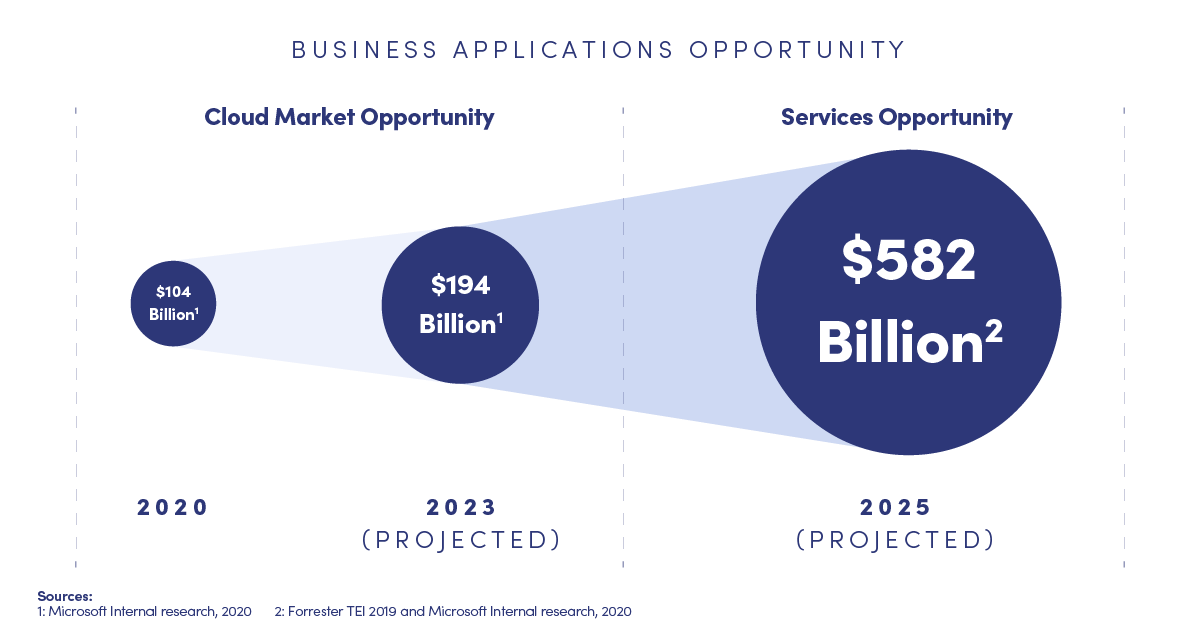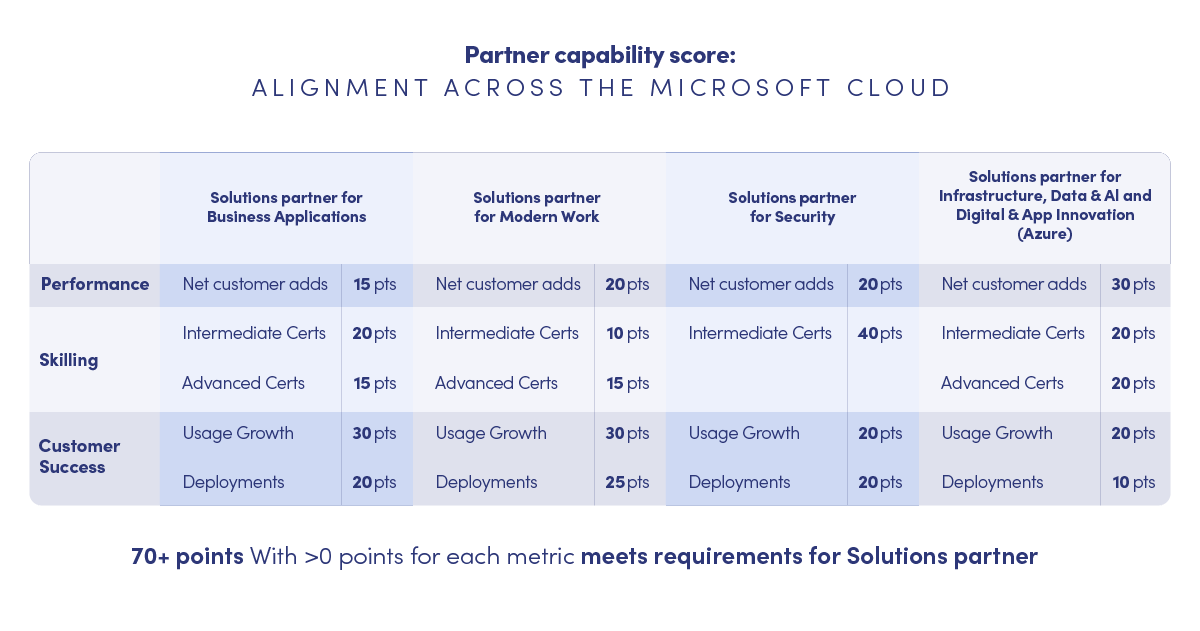Going for gold? Not anymore. Those who listen carefully must have heard that in spring 2022, Microsoft announced that its current partner program – Microsoft Partner Network (MPN) – will be replaced and transformed into Microsoft Cloud Partner Program. This means you can no longer be a Microsoft Gold Partner – or Silver, for that matter.
There is a deadline, too. The new program will kick off on 1 October. It will include a new structure for partners. And it will also bring substantial changes to Microsoft's partnership. Although the changes are sweeping – there is nothing to worry. Read on to find out why the change has come about and how to prepare for the transition with no hiccups. There is still time!


Why the change?
Microsoft has decided to shift the focus from on-prem to the cloud and has made it the focal point for all the business applications. And no wonder. With the Covid-19 pandemic, everyone in the Microsoft business realized that such a shift is no longer a myth. The cloud for the Dynamics partners offers immense growth potential but also transparent earning opportunities in terms of licensing and service revenue.The change to Microsoft Cloud Partner Program has been long on the agenda. It is meant to simplify the partner program with single-tier Solutions Partner Designation. Microsoft aims to help partners grow their business through encouraging them to go to market and win new customers.With the cloud solutions gaining popularity since its 2018 version, it was clear that Microsoft would choose this path. The changes seem to be a natural consequence of the product development. Since 2011, Microsoft has been offering Office 365 as a cloud system, since 2016 Dynamics 365 CRM and Finance and Operations as a cloud version and Dynamics 365 BC joined the cloud in 2018. It was inevitable that these moves (sparked off by advancing digitalization, increased mobility, and the rise of new technologies) have to be reflected in the Microsoft Partner Program.

What’s in it for you?
The new model provides two qualifying levels: solutions partner and expert/ specialist. Through attaining the designation, you can demonstrate to your customers what your organizations’ capabilities are more clearly for delivering customer success in each of the solution areas. By expanding your capabilities, you are able to create more value in the market, win new business and prove that you provide innovative and customer-centric solutions that answer customer demand.Microsoft Gold Partner gone… what the program is now about?
We are witnessing a revolution. Microsoft Partner Program has never been fundamentally changed over the past 30 tears. Some consider the announcement that is coming to life on 1 October 2022 as a reboot. To prepare for this, Microsoft announced its new – Microsoft Cloud Partner program earlier on. Mind you – not only the terminology changes but, most importantly, the structuring of the whole partner network. Until now, if you were – let’s say – a Microsoft Gold Partner, you had the following options to choose from:- Accept Registered Partner status
- Subscription to the Action Pack
- Silver Competency
- Gold Competencies
Up till now, Microsoft partners had to prove their know-how and qualifications in 18 competency areas. Now, this number will go down to 6.In each of the 6 solution areas, Microsoft partners will be measured with a PCS scale (Partner Capability Scores). The points are to be awarded for achievements in the three categories:

- Performance: based on the net customer adds. Takes into account customer churn and is based on a trailing 12-month period.
- Skilling: verifies expertise with intermediate and advanced certifications. You can contribute to both intermediate and advanced certs, however with each metric, only unique individuals are recognized for achieving points.
- Customer success: measured by both usage growth and the number of solution deployments.
- Collected points can have different weightings depending on the partner’s solution area. It can be either:
- Azure
- Business Applications
- Modern Work
- Security
-
To be recognized as a Microsoft Solution Partner, the companies have to collect at least 70 points across these areas. Additionally, partners have to achieve at least one point in 5 additional sub-categories to get the overall qualification for their solution area:
- Net Customer Adds
- Intermediate Certs
- Advanced Certs
- Usage Growth
- Deployments

What happens next? Once the partners have achieved the designation for the Microsoft solution area, they are encouraged to validate their knowledge further. There are specializations available for partners that are aligned to Microsoft solution areas. For example, partners for Business Applications can acquire one (or more) of the below specializations: - Low Code Application Development
- Small and Midsized Business Management
- Intelligent Automation.
- Solutions Partner Training Gallery
- Microsoft Partner Blog
- Solutions Partner
- Learn more about Microsoft Dynamics 365 Implementation Services










